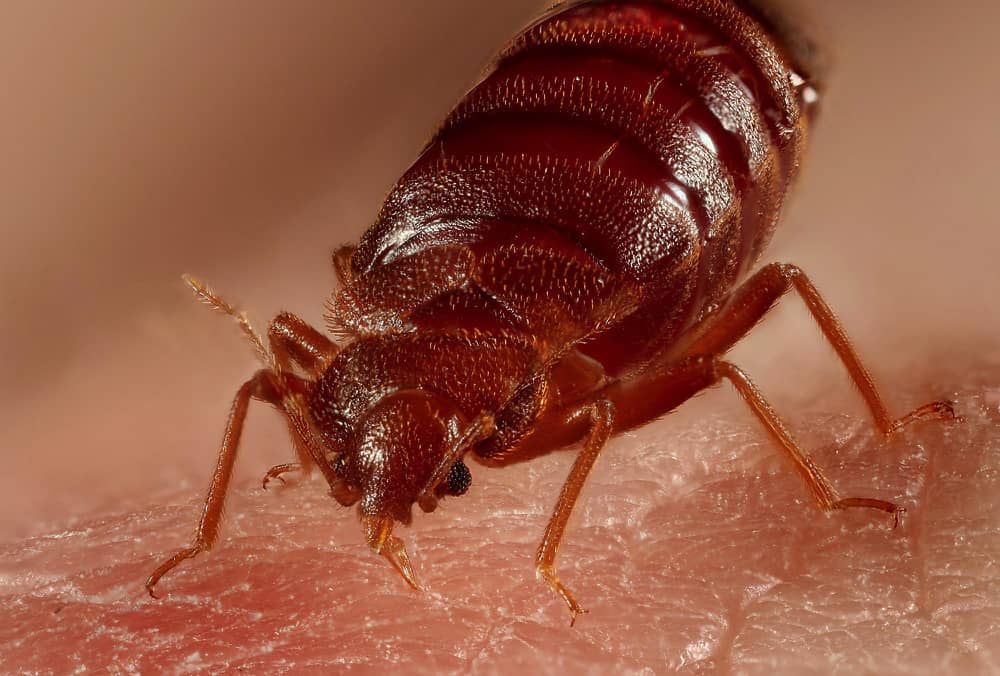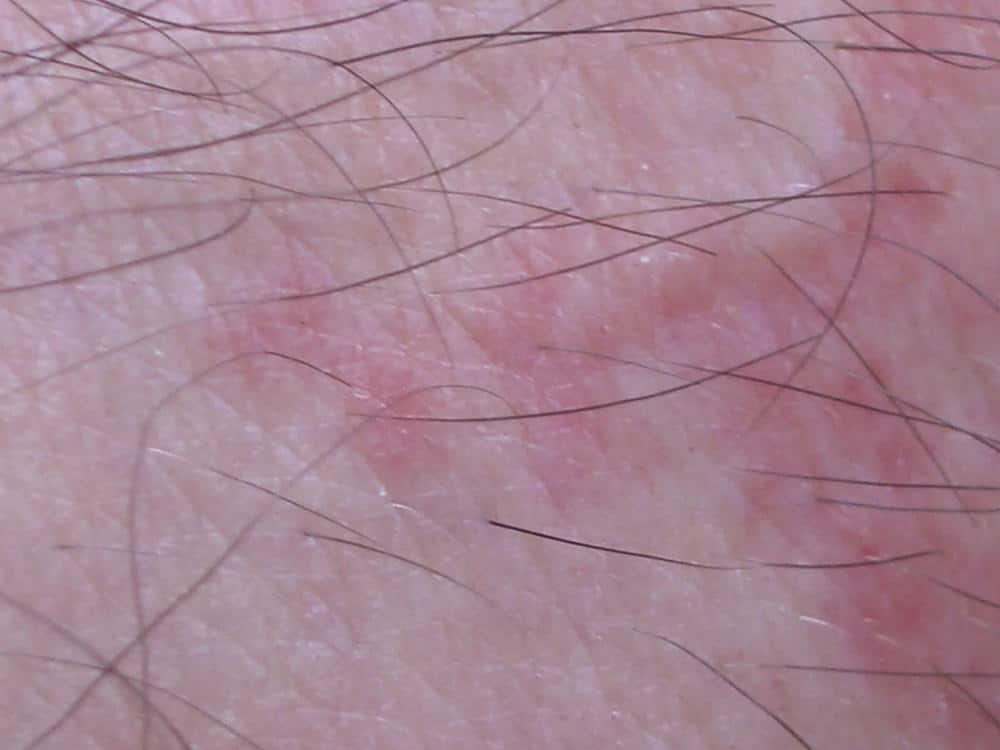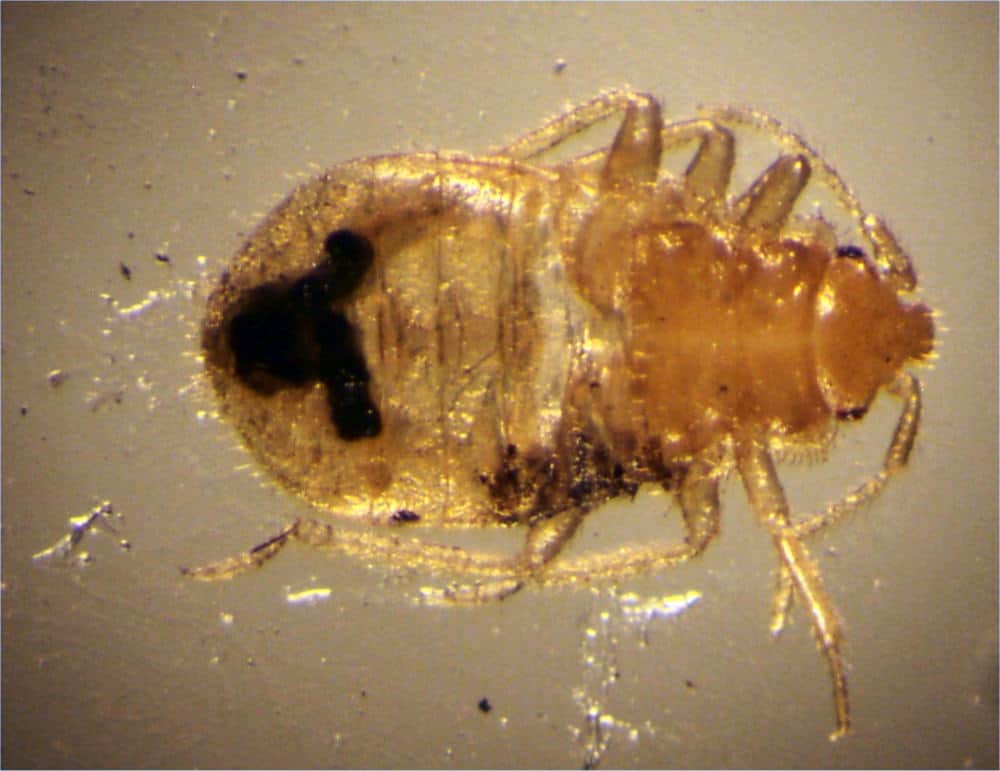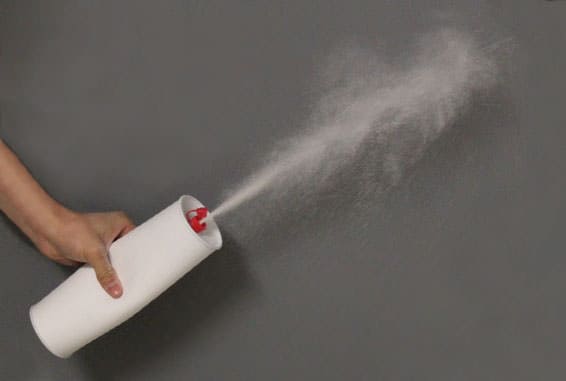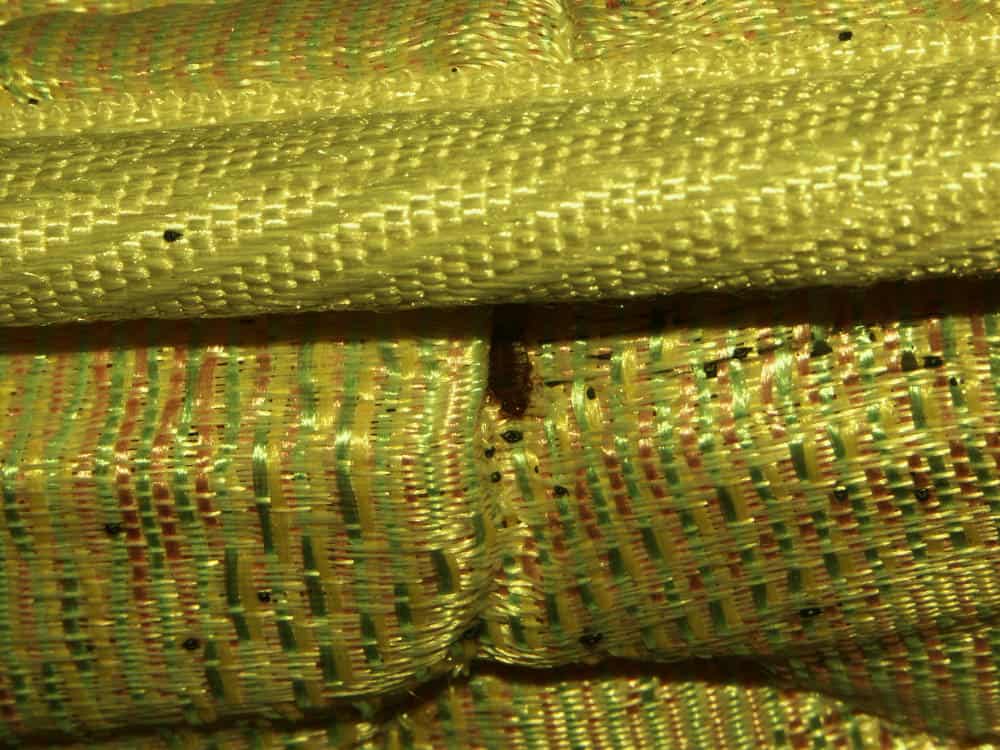What Color Are Bed Bugs? (Adults, Nymphs & Eggs)
Bed bugs aren’t just a single shade of color. Their appearance and coloration can vary widely depending on age, species, and feeding patterns.
Take a read below as we delve into everything you need to know about the color of bed bugs.
What Color Are Adult Bed Bugs?
When bed bugs come into your home, you’re likely to see bugs at all stages of the life cycle because all bed bugs need to feed on blood from a host. That being said, an early infestation tends to be made up primarily of adult bed bugs, and you’ll need to ensure you’re able to identify them sufficiently in order to proceed with the most appropriate treatment.
You won’t see more of the nymphs or juveniles until the infestation is more established. That’s because a mature colony has adults that are reproducing regularly.
Adult bed bugs tend to be a rusty color. They are reddish-brown, but their color can change depending on how recently they’ve fed on blood from a host. When they’ve fed recently, the blood shows through their exoskeleton, making them look darker with more of a red tone. Unfed adult bed bugs are also usually apple pip shaped and very thin, while fully engorged ones are more elongated and thicker.
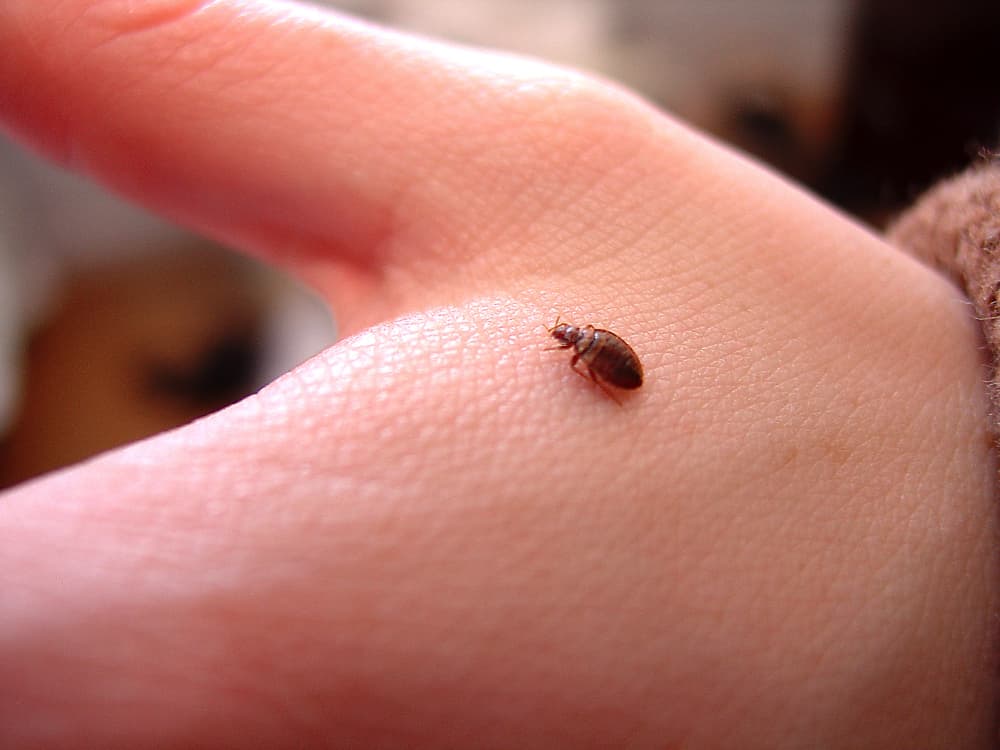
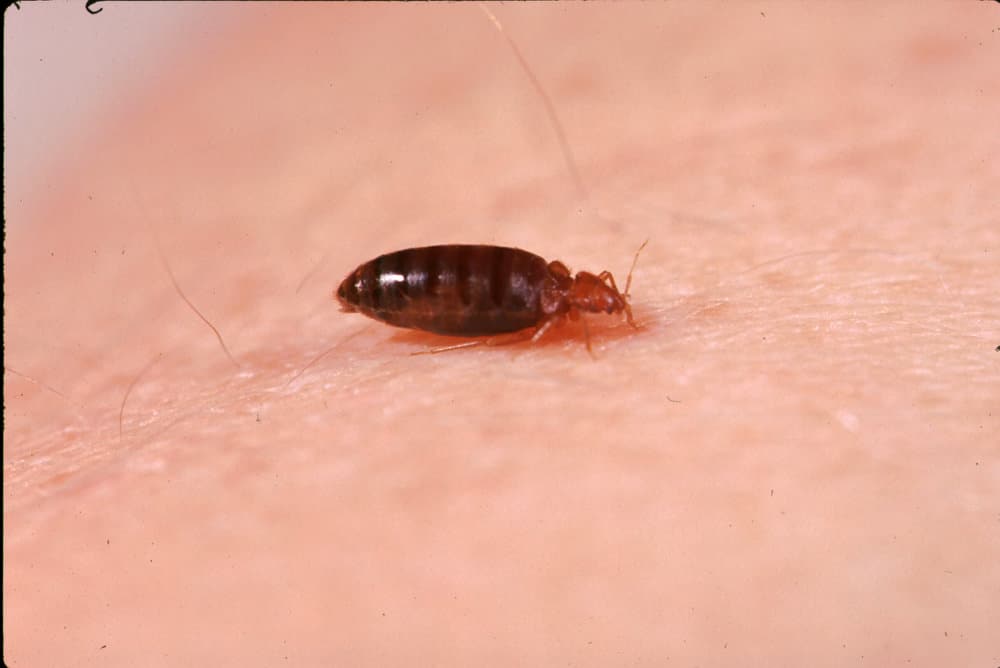
What Color Are Baby Bed Bugs / Nymphs?
When you start seeing more small bed bugs, which are usually nymphs (babies), then you know that you have an active colony of these pests in your home. Even if you don’t see any bites on your body, an active bed bug colony is most certainly feeding.
The younger bed bugs are lighter in color. They look somewhat translucent and have a white to yellowish color. They develop more color the older they get and the more they feed, with adolescent bed bugs being almost the same color as adults.
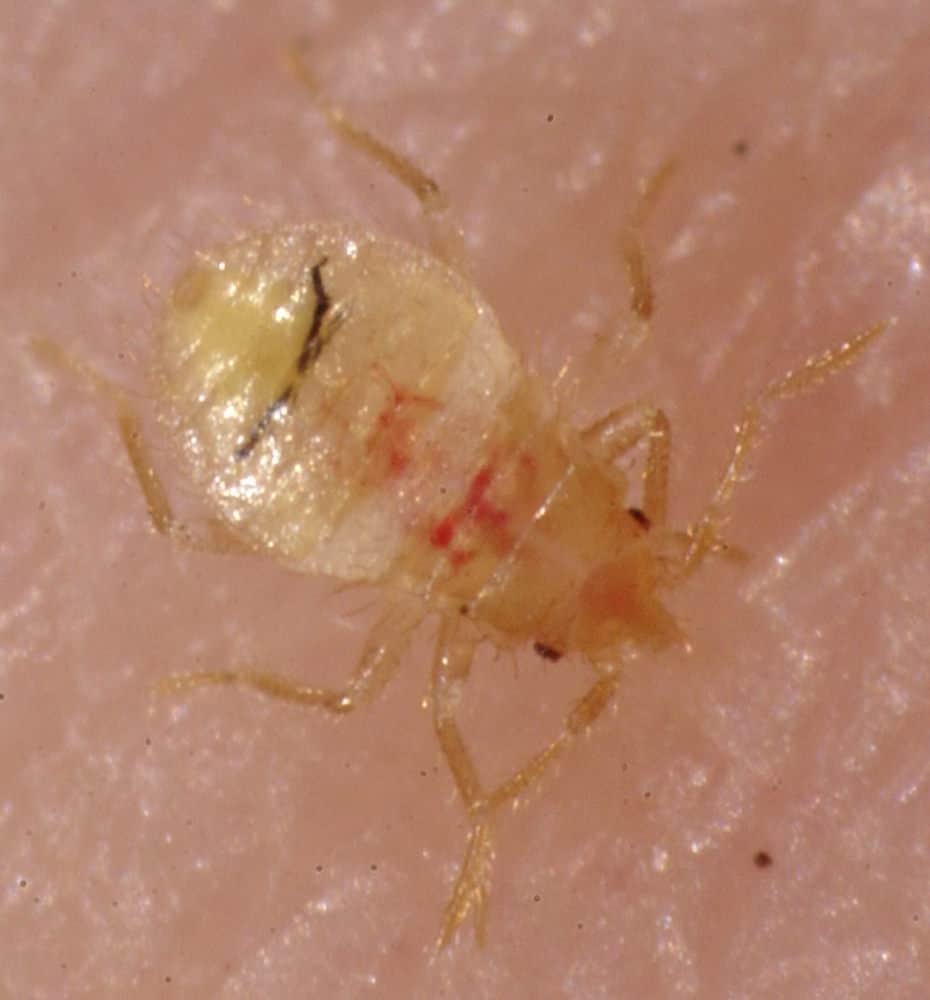
As with adult bed bugs, nymphs will also vary in color depending upon how recently they’ve fed on blood from a host.
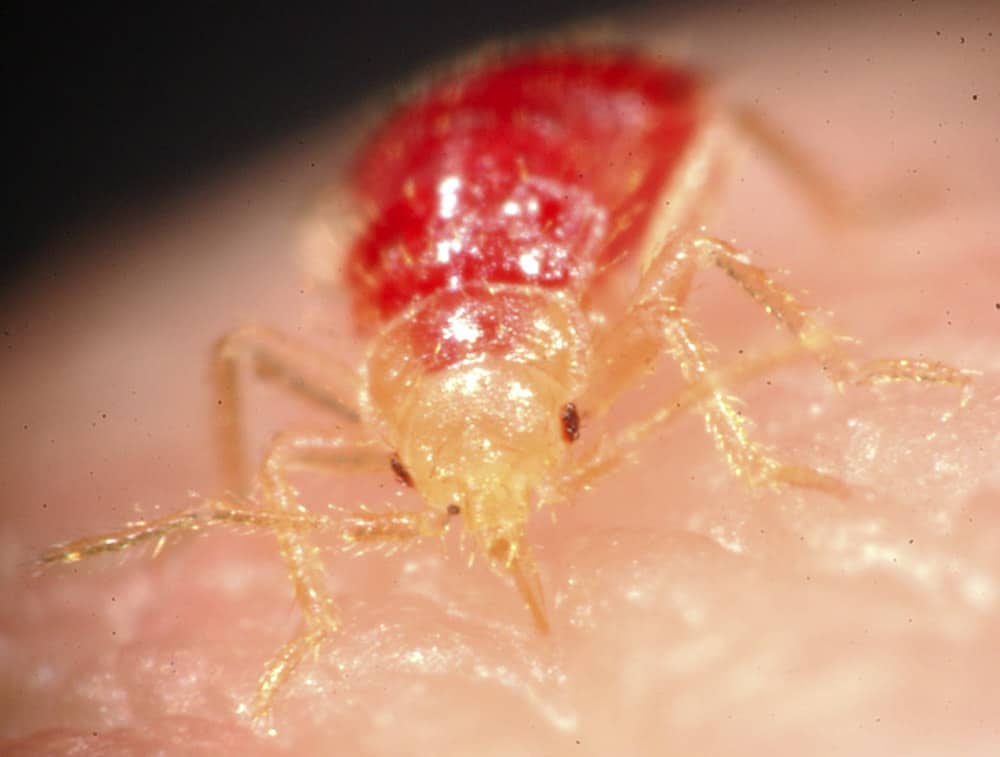

What Color Are Bed Bug Eggs?
Bed bug eggs are extremely difficult to see because of their tiny size. It’s unlikely that you’ll identify an infestation by spotting eggs. However, if you do find eggs, they are white and about the size of a pinhead.
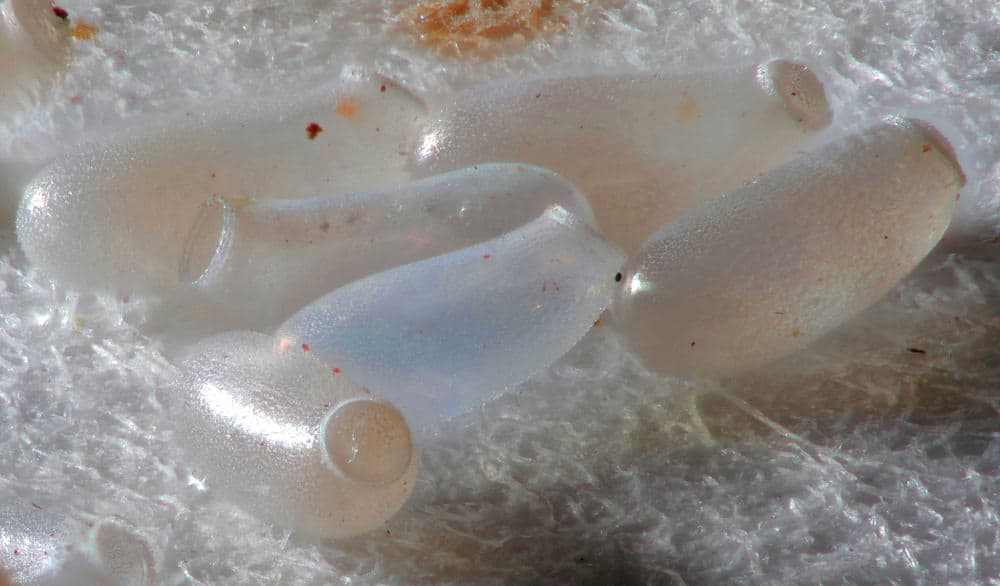
Eggs that are more than five days old will also have marks on them that indicate the developing eyes.
If you’re trying to look for bed bug eggs, they can usually be found in cracks and crevices–the same places where nymphs and adult bed bugs go when they’re inactive. Once the eggs hatch, the new nymphs will need to feed on blood, just like the other bugs in their colony.
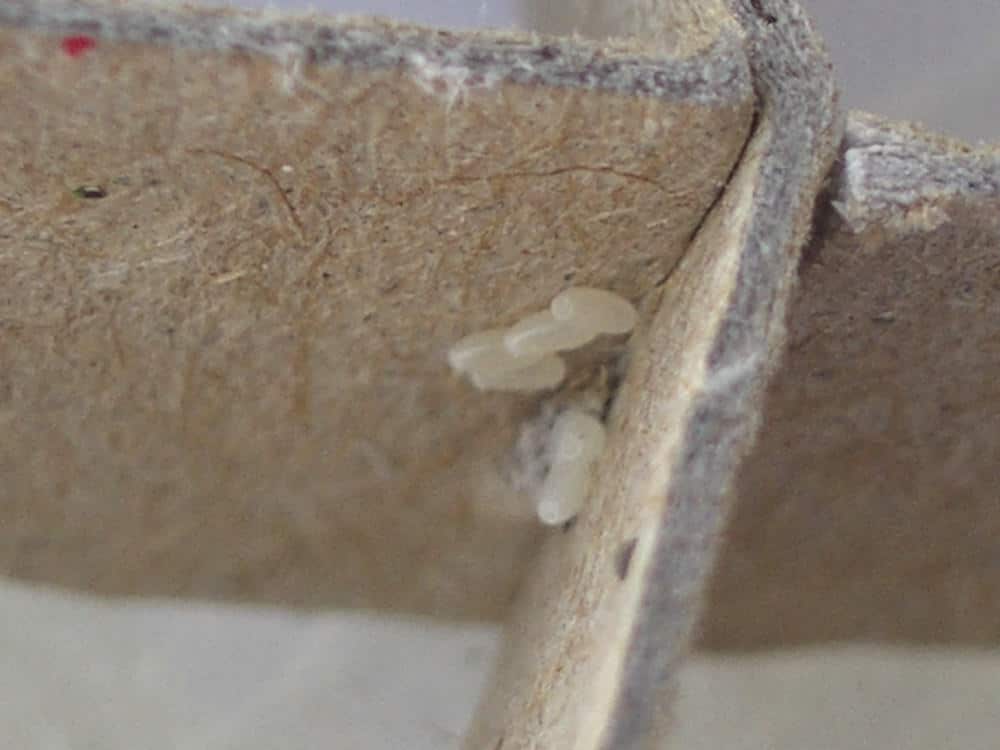
Ways To Spot Bed Bugs Easier
At all stages of life, bed bugs are difficult to spot. Their survival depends upon them going mostly unnoticed, in fact. They did not develop flying or jumping capabilities that other insects have, and that makes traveling quickly to a host a challenge for bed bugs.
Their primary adaptation for dealing with this is to target sedentary hosts, like those students at the school in Queens, sitting in their desks most of the day. This particular adaptation makes spotting bed bugs tricky. They don’t tend to be out and active at the same times that you are.
Bed bugs are not exactly nocturnal. They will feed at any time if they can find a host that is staying still. To check for a potential infestation in your home, think of the places where you tend to spend time sitting or lying down for long periods, and look there.
Here are a few additional tips for finding these tiny pests easier.
Reduce Clutter
Piles of clutter make great hiding places for pests of all kinds, and the more clutter you have in your home, the more hiding spots you provide for them. Take a look at your end tables, nightstands, and corners of the rooms in your home. Books, magazines, and laundry piled in these places can become a haven for bed bugs.
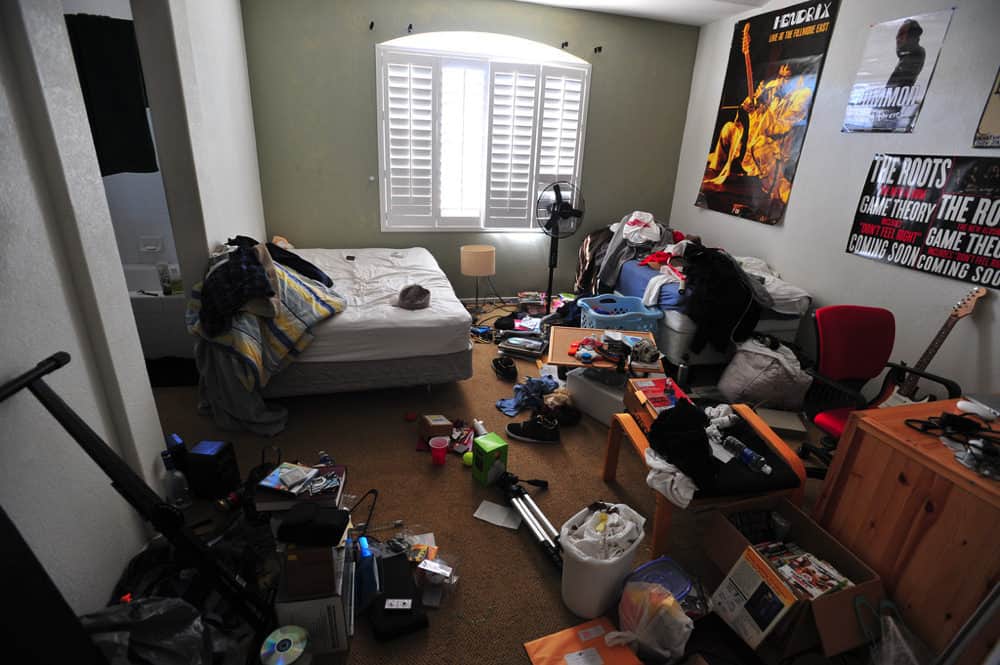
Shelving units are another place that can quickly accumulate clutter. The worst places are those where items tend to pile up and not get moved for a long time. It’s more difficult for bed bugs to take up residence in items that get moved around a lot because they have more difficulty finding a reliable host in such items.
That being said, it is possible to pick up bed bugs in your luggage, backpack, or handbag and carry them into your home, where they can find a new hiding spot to nest in.
Use White Bed Sheets
One way to spot bed bugs is to look for their fecal matter or bloodstains on your sheets. This is a sign of an established infestation. If you have dark or patterned sheets, however, it may be a while before you notice these signs.
If you suspect that you may have bed bugs, switch to white sheets. White sheets will show signs of bed bug activity sooner, including their waste, blood spots, and cast off skins from molting nymphs. Some studies have also shown that bed bugs prefer to hide on darker-colored areas.
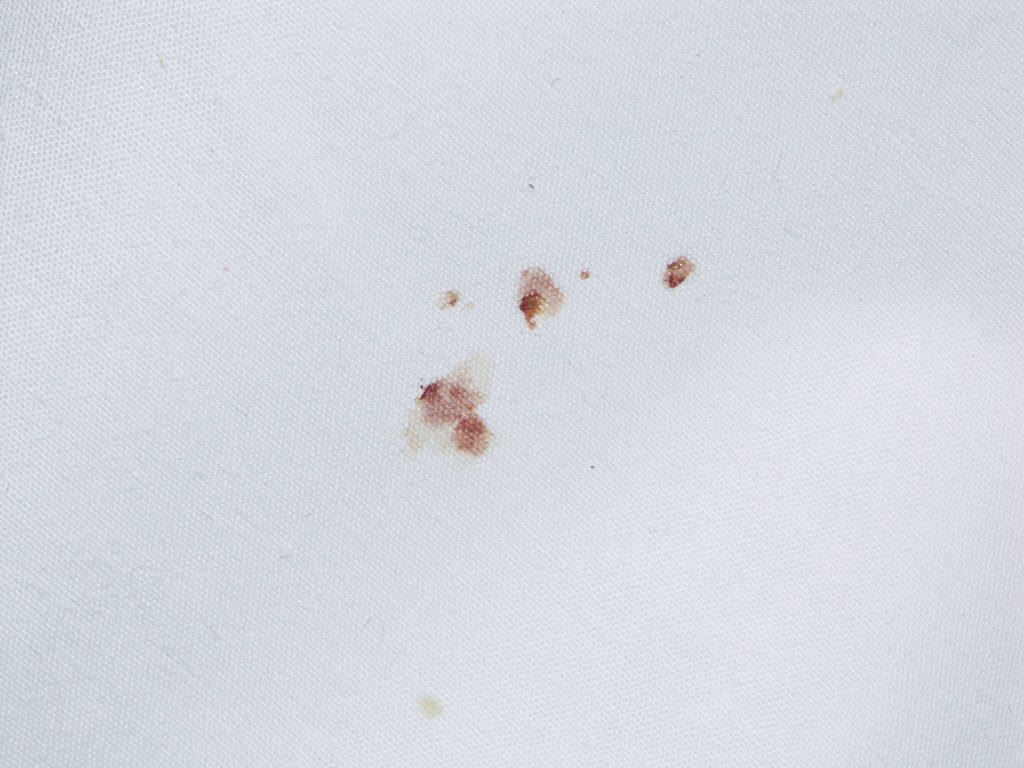
Search Hard-To-Reach Areas With A Bright Flashlight
Your bed or couch may not always have obvious outward signs of bed bug activity, and you probably don’t want to wait until the signs get obvious before you start to treat the problem. If you’re looking for a bed bug infestation, it will help a lot to shine a bright flashlight into the cracks and crevices where you search.
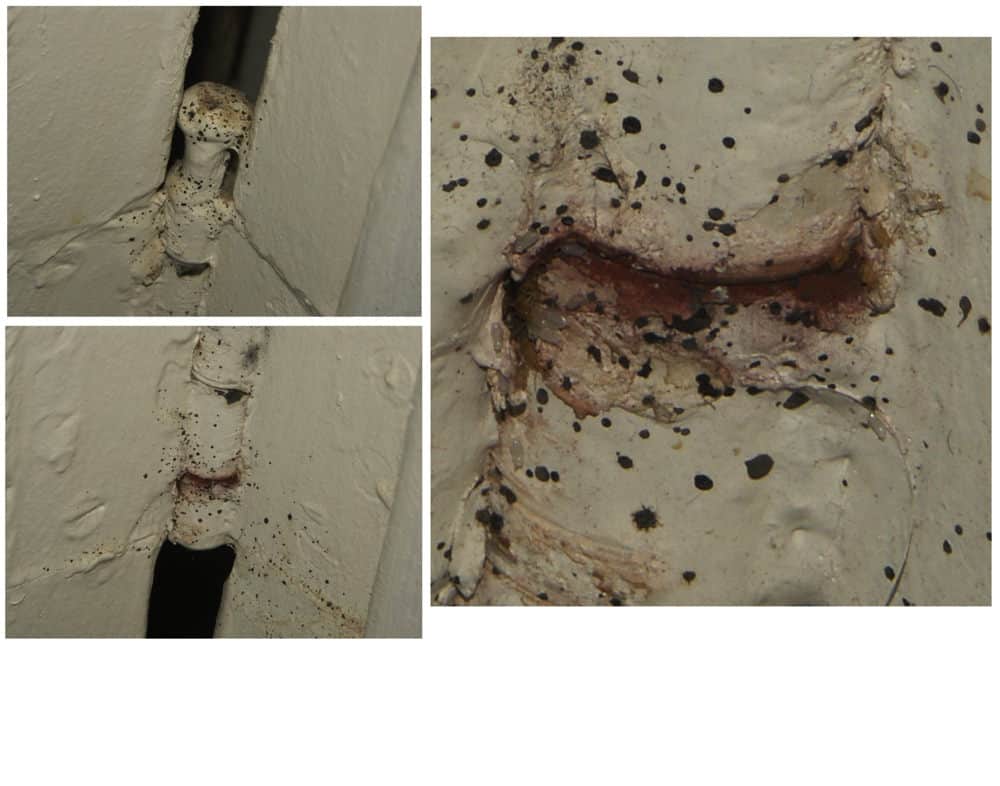
Bed bug eggs are only a millimeter in size, and even the adults max out at only around 5 millimeters or so. The rusty brown coloring of adult bugs makes them difficult to see in the shadowing areas they prefer to hang out. As for nymphs and eggs, a bright light will reflect off their translucent white exteriors, making them easier to find also despite their size.
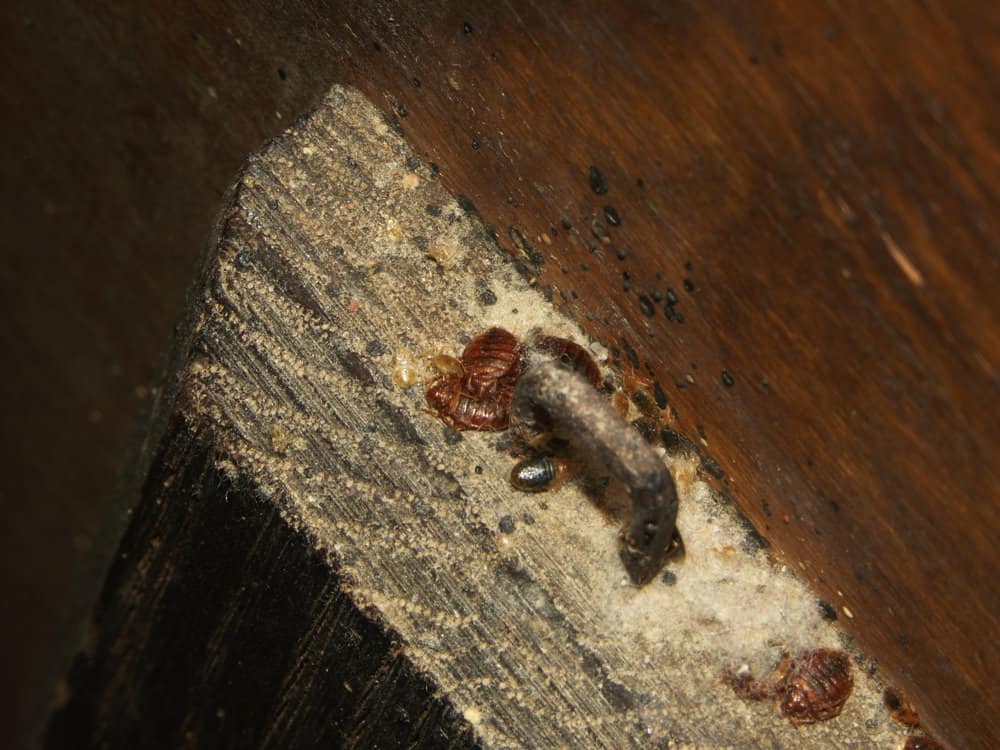
Summary
Bed bug coloring is one way to identify the pests, if you can spot them. You’ll have more luck if you reduce the places available for them to hide and find ways to make their small bodies easier to see, like using white sheets and searching with a bright flashlight. Once you’ve found their hiding places, you can then find an appropriate way to treat the infestation.

